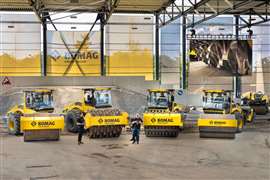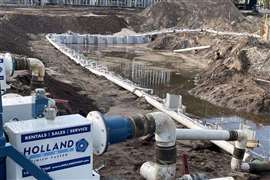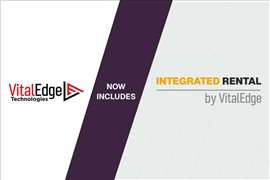Telematics and the future of digitalization in rental
01 June 2021
Global technology and telematics company ZTR is changing the way the industry operates - in a big way. Lindsey Anderson discusses developments and the future with ZTR’s Paul Wilson.
“Innovation is in our DNA; it’s our lifeblood, our culture. It helps to deliver features and capabilities that customers don’t even know they need.”
That statement is from Steve Thomas, chief technology officer of global telematics and technology company ZTR. It’s a bold, thought-provoking assertion if you really think about it: How does a company know what the market needs if the market itself doesn’t even know what it needs?
The easy answer: Listen to your customers’ customers.
Forever changed
Across the globe, Covid-19 impacted businesses to varying degrees. Some crumbled, some stumbled. But ZTR? It soared.
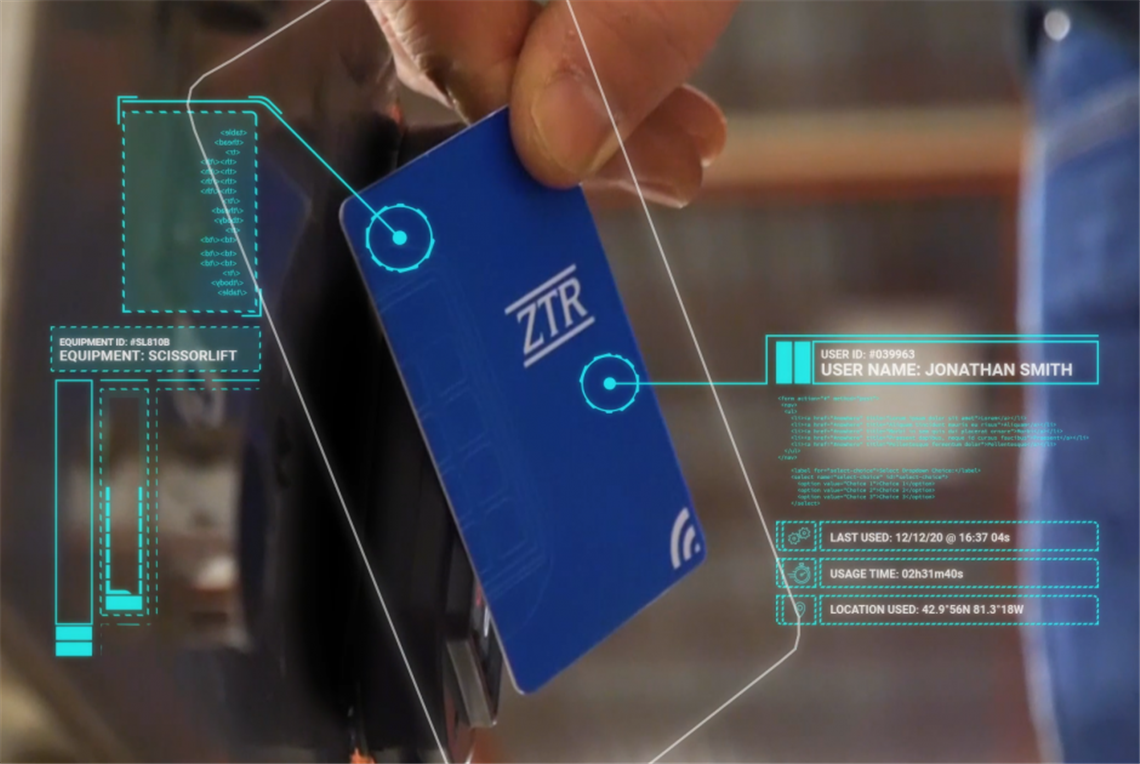
Over the last year, the U.S.-headquartered company achieved milestone after milestone, opening a new office in Japan, expanding across Europe and the UK and inking major partnerships with some of the world’s largest equipment rental companies and OEMs.
I had to ask, were these significant successes somewhat attributed to the global pandemic?
Or did ZTR have specific plans put in place prior to Covid-19?
“We certainly didn’t have a crystal ball that allowed us to look into the oncoming pandemic,” says Paul Wilson, senior director – commercial development and operations of ZTR’s industrial IoT division. “Strategic planning is really important to us, and we are very methodical about our approach.”
So with their playbook fully loaded, ZTR surged forward, all the while analyzing technology’s crucial role in the construction and rental industries. Just think: touchless services, rich data – and sharing that data, remote diagnostics and controls, automated monitoring and much, much more.
Time to get to work
Years ago, the access and equipment rental industries saw telematics as a method to simply track equipment run hours or set a geofence around a jobsite. The idea of capturing and utilizing data beyond a few key metrics seemed far too advanced for most.
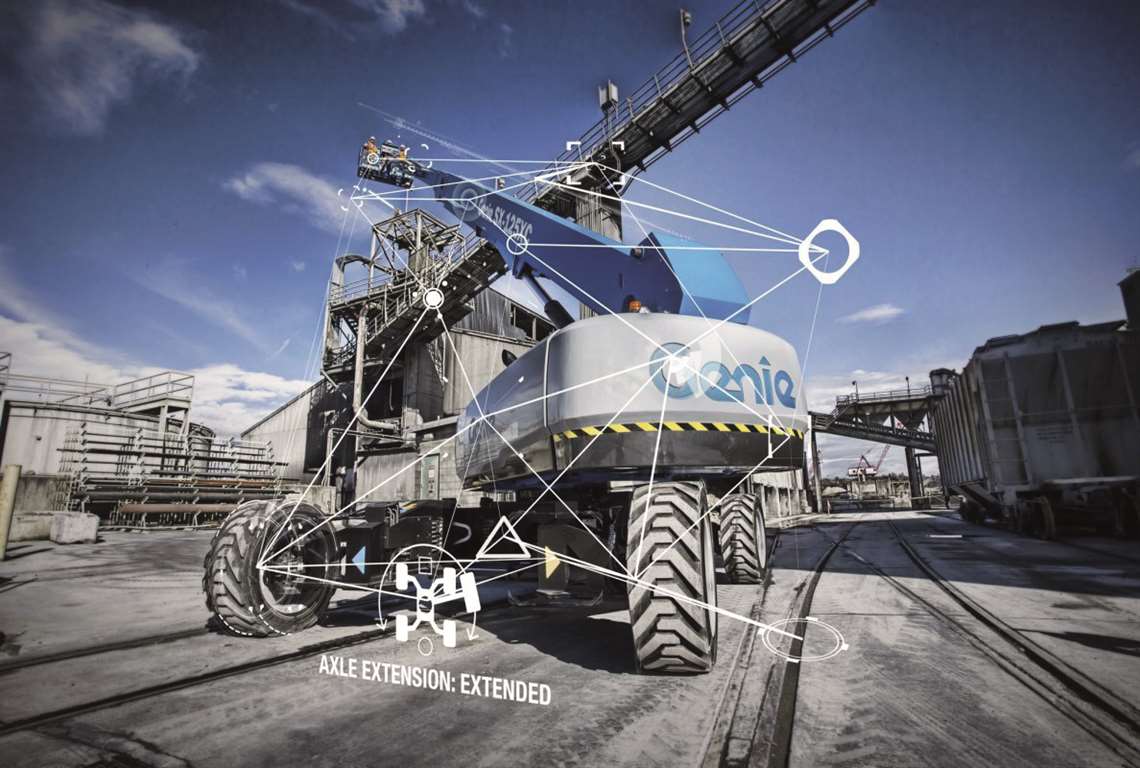 Genie utilizes ZTR telematics.
Genie utilizes ZTR telematics.
“Our first OEM, going back to 2007, was a great example of a program that had enhanced data machine control,” Wilson says. “Interestingly enough, the market just wasn’t ready for that – it takes a while for things to catch on sometimes.”
Nearly a decade and a half later, the industry is finally starting to catch on. ZTR now has more than 120 OEMs that have engineered the company’s telematics into their product designs, so when a boom or scissor lift rolls off the assembly line ready for shipment, it’s also ready to track and store data.
In fact, Wilson notes, businesses that have already invested in remote connectivity enabled by telematics will likely emerge from the pandemic even stronger. And those who haven’t invested are going to need to catch up and be ready for what could be a different operating future.
“Companies that adopted telematics early on already had access to machine data, so they had a roadmap on how to digitize their business processes, you know, a ‘head start,” Wilson says. “Those customers have a longer-term view on how they digitize their business.”
Productivity and efficiency
Covid-19 wasn’t the creator of ZTR’s technologically advanced solutions; it simply accelerated what was already on the industry’s radar.
“People were looking for better ways to create customer experiences, lower costs and increase speed and efficiency,” Wilson says.
Companies knew they needed to (quickly) adapt to this ‘new’ digital way of life – and that didn’t simply mean more Zoom meetings or how-to webinars.
ZTR saw an increased demand for touchless functionalities, remote diagnostics and controls, automated monitoring, enhanced predictive and remote maintenance and more intuitive and context-driven user interfaces. But they also heard from manufacturers who were starting to identify ‘gaps’ in the technology space that they felt needed to be filled.
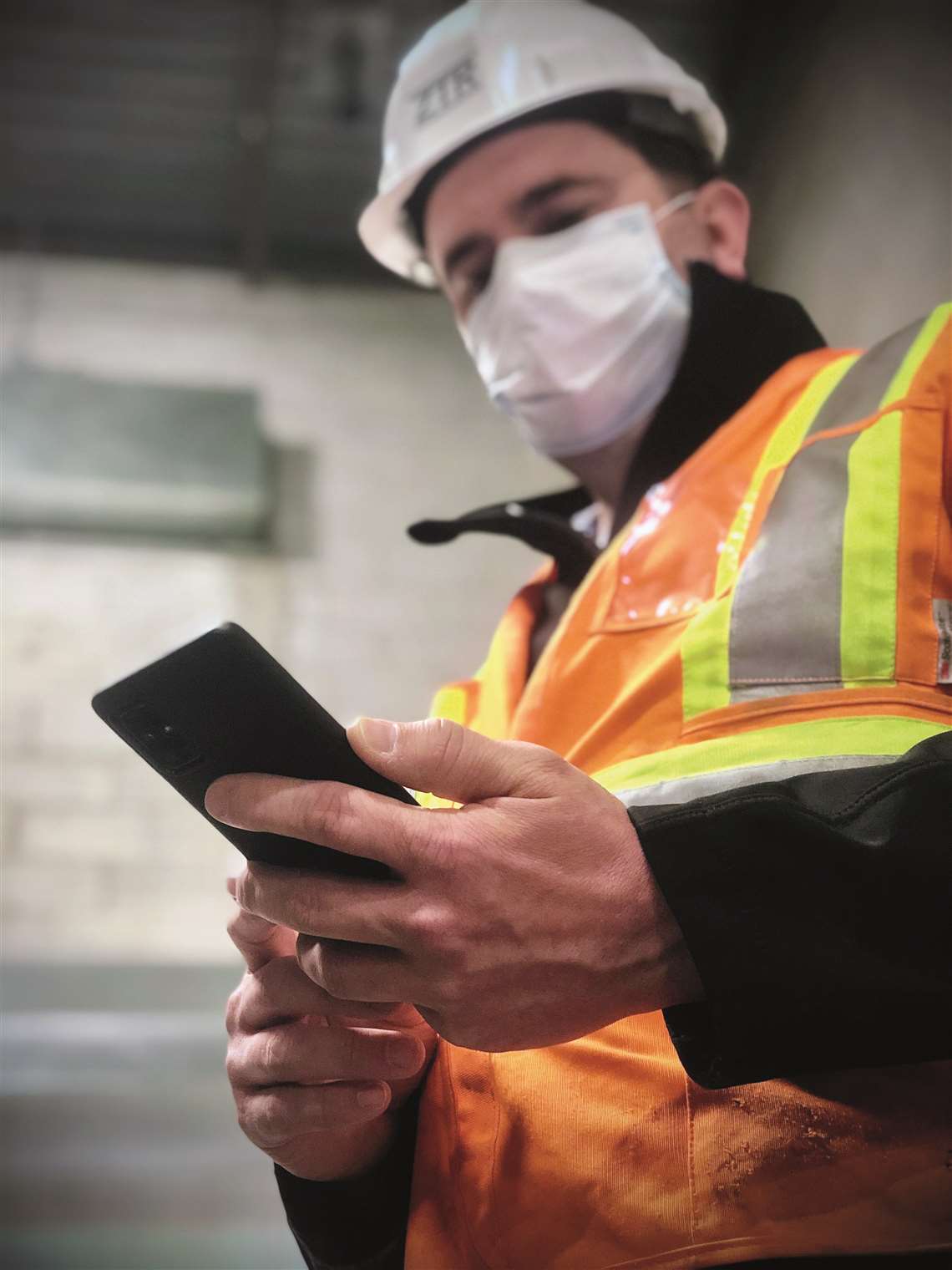
“OEMs are starting to recognize the role they can actually play in providing deeper integration into their machines,” Wilson says, explaining the plethora of previously untapped machine data that could benefit all parties involved.
The role OEMs are stepping into involves the aggregation and interpretation of collected data and what insights that data can provide. By analyzing deep data, OEMs can assess future machine design – what sensors should be involved, what should be tracked that previously wasn’t – therefore providing not only further data, but a look into connected machines, jobsites and more.
All in
Wilson says that data-capturing is moving beyond OEMs and rental, however.
“It’s something we’re actually starting to see is that not just the manufacturer itself, but the suppliers to the manufacturers – engine companies, filtration companies – are all starting to think about IoT, what data they can provide on these components and how do we connect these subsystems to telematics and provide that data back to, possibly, the manufacturer who then wants to provide it back to their suppliers,” Wilson says. “So, you’re starting to see a real community of interest around a single asset, a single machine, and everybody wants to attribute value to it.”
But the key to everyone working together toward a smarter, more efficient, tomorrow involves sharing information. Sharing is caring, after all.
“Think about finance, healthcare, automotive,” Wilson says. “Data sharing has been an important element in these industries for 20 years, not just recently.”
These markets represent models that ZTR can look at and take leads from. “ZTR introduced data sharing almost 10 years ago, even on our previous platform,” Wilson notes. “So, it’s not new to us, but, you’re right, it has changed.”
Advanced simplicity
Wilson says with suppliers wanting faster developments, third parties offering applications and the need to provide micro or complimentary services are all driving further innovation. But how do you use aggregated data to create more insight? How do you expand the pool of data sources and then analyze it to interpret and predict what’s going to take place? And, then, how do you share that data across all stakeholders involved who have a common interest?
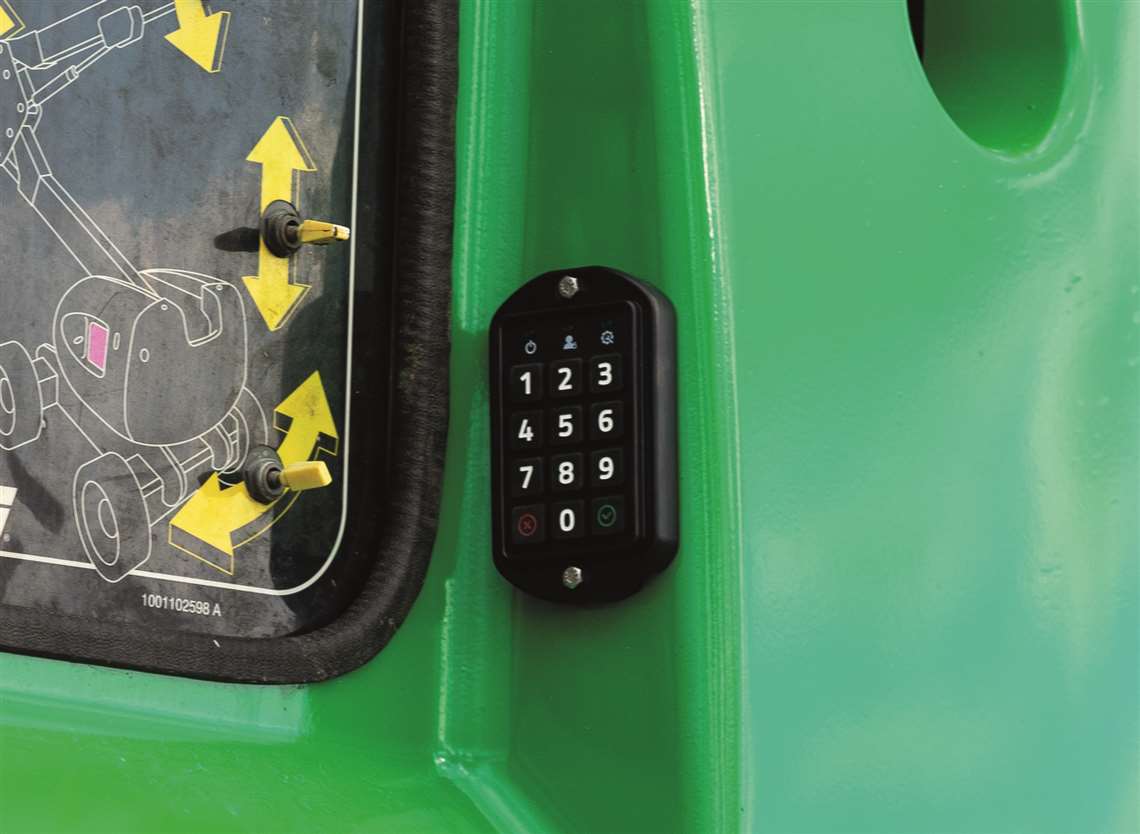
“It’s still relatively basic, but I think you’re going to see an acceleration over the next few years in terms of what data sharing looks like and how it’s served up,” Wilson says.
Businesses that embrace the power of data sharing will achieve greater maturity in their digital evolution – knowing that by doing so, everyone wins.
“There is a growing need for simplicity, which is possible only if implementation and integration are unlocked,” Wilson explains. “Increased access to rich data insights is inevitable, and the complexity will demand a simple approach. It will be necessary for businesses to act pragmatically to serve their customers. When the industry works together, effectively combining their individual OEM, rental and general contractor strengths into a collective purpose, data sharing becomes a key model of what it means to operate stronger together.
“I think the industry has to come together, though, and talk about the frameworks and models that can be embraced and utilized. We’re part of those conversations with our customers today.”
Tips for implementation
For smaller rental outfits, adapting new technology can be intimidating. Wilson says it’s not the technology that’s necessarily daunting, it’s the application of the technology that requires considerable thought and investment.
“I would like rental companies to recognize that there is value in getting connected with the right solution – as soon as possible,” he says, noting that many newly shipped pieces of equipment are not only already telematics-enabled, but that OEMs offer free trial periods of their telematics programs.
“I think that’s a great start,” Wilson says. “But equipping a fleet takes time and it can take a lot of effort, especially if it’s done by the branch themselves.”
ZTR recognizes making complex activities simple is important. The opportunity to get connected faster allows rental companies to realize the benefits across their fleet faster. So, that up-front investment and time spent adapting to new processes makes up for it in the long run.
“ZTR provides technical deployment services that help rental companies retrofit,” Wilson notes. “We’ve retrofitted 10 units at a branch in one day and thousands of units over the course of a year. These programs are based on scale and size.”
What’s next?
As we continue to use up more of the world’s resources, recognizing inefficiencies and identifying ways the industry can operate with greater efficacy will become a central focus and tenet upon which many companies will operate. Wilson says businesses need to embrace a global perception versus a regional one and create sustainable products that will, in turn, generate revenue with sustainable services.
Data insights enable proactive equipment maintenance, fleet health monitoring and smarter machine designs. Companies will be looking to leverage telematics to reduce machine idling, better allocate resources, manage transport and service logistics and measure in-field performance data to meet elevated standards.
“[The focus on sustainability] began in Europe and it’s now becoming a trend in North America,” Wilson says. “Machine electrification is a shift and it requires a lot of innovation on machine control systems, telematics and continued investments.”
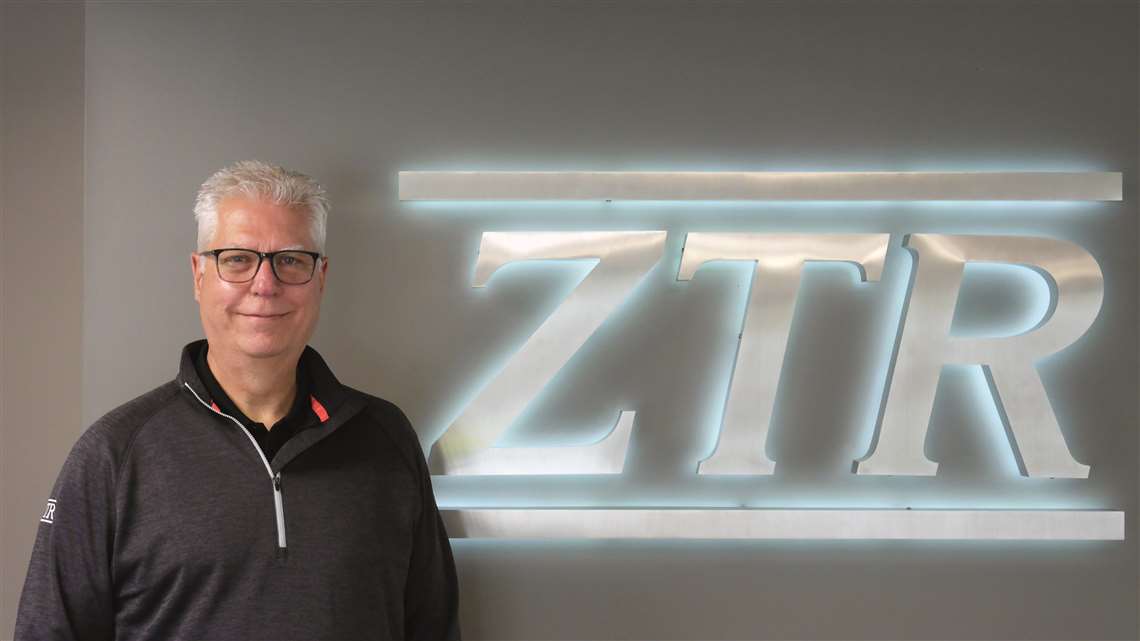 Paul Wilson
Paul Wilson
Wilson also says tracking smaller tools and items on jobsites is becoming increasingly of interest. But one of the big problems that has yet to be solved is how to do so indoors.
“Knowing where my lift is located is helpful, but is it on the first floor or 50th floor?,” he says. “It becomes a problem when you start thinking about services, picking equipment up and things like that.”
And then there’s artificial intelligence and automation integration, or “intelligent services,” as Wilson calls them, that companies are looking to help differentiate themselves in the marketplace.
“Technology users in construction environments will see it’s no longer enough to focus solely on the basics, like run hours and location,” Wilson says. “Enhanced machine data and machine control is driving the future of the industrial IoT.
“The industry is going beyond simple monitoring and moving faster toward configuration and control, not only to understand what’s happening, but to control it, predict it and serve customers with remote or hands-off protocols.”
Shifting ahead
As history would tell us, we rarely go backwards – we are always moving forward. ZTR expects a great deal of market movement and shifts to occur in the coming months and years.
“Covid-19 just accelerated what was already happening,” Wilson says of the industry. “Companies had to get creative, and they all began to realize they needed to make faster and heavier investments in technology because things like Covid will continue, and we need to be prepared.”
So, even if ZTR doesn’t have that elusive crystal ball we all so wish was in our possession, they do have a firm grip on what the future holds – and what the market will need before it even knows it needs it.
It really is clairvoyance in a sense, one data set at a time.
STAY CONNECTED



Receive the information you need when you need it through our world-leading magazines, newsletters and daily briefings.
CONNECT WITH THE TEAM










